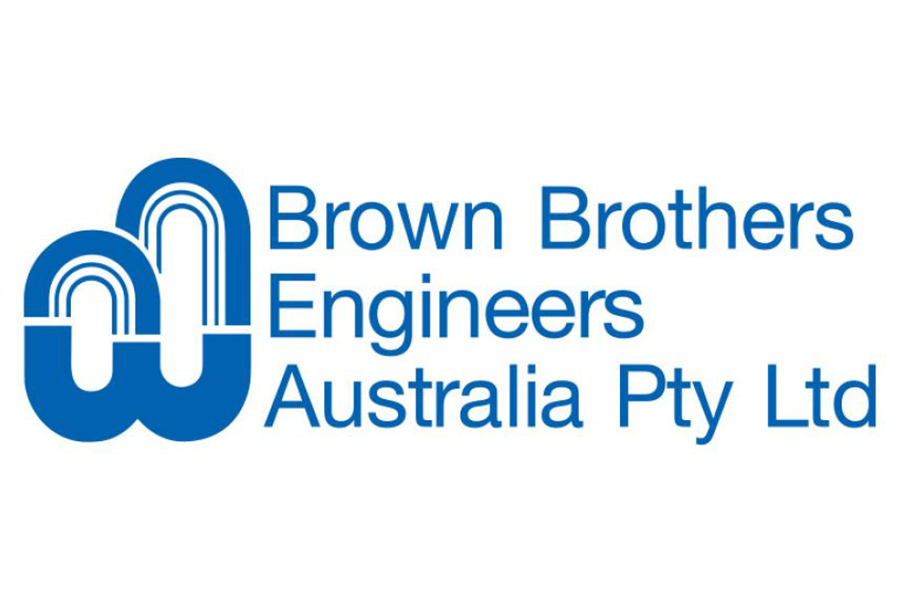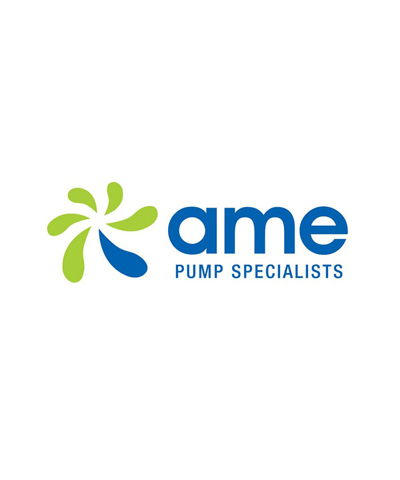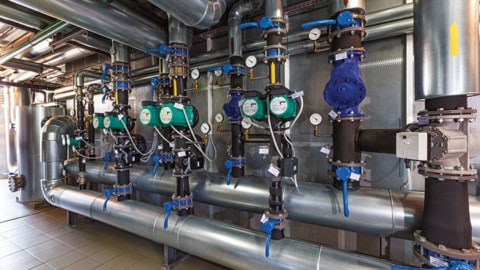Somerset Dam, one of South East Queensland’s major drinking water dams, is back producing renewable energy, following a major refurbishment of the hydroelectric plant.
Seqwater Chief Executive Officer, Neil Brennan, said the Somerset hydro plant was inundated by the January 2011 floods and was further impacted by the 2013 flood event.
“A comprehensive study was undertaken post-flood which identified a rebuild of the plant as the best option for its future. The plant has been restored to virtually as-new condition, including automatic control with remote interface,” Mr Brennan said.
“The plant will be able to operate up to 24 hours a day as required as water is released from Somerset Dam into Wivenhoe Dam as part of regular operation.”
The refurbishment includes redesigning the original turbine to increase output and efficiency, and installing a new generator and control system to provide reliability and remote operation.
Minister for Natural Resources, Mines and Energy, Dr Anthony Lynham, said the $11 million restoration of the Somerset plant had increased its capacity from 3.2MW to 4.1MW, adding to Queensland’s renewable energy generation.
“Somerset Dam will remain one of the region’s major drinking water storages with the added benefit of being able to produce green energy for South East Queensland.”
The possibility of more hydropower being produced by state dams is also set to be examined.
Dr Lynham said a study had been commissioned to assess the technical and economic feasibility of hydropower generation across all of its dams in south east Queensland.
“This about looking for renewable energy opportunities aimed at reducing operational costs and reducing the overall environmental footprint,’’ Dr Lynham said.
“The study will examine sites for traditional hydroelectric plants at existing dams ,as well as the feasibility of larger pumped hydro storage.
“Electricity is the largest single cost to the production of drinking water. Seqwater believes there are significant opportunities available to offset electricity costs by increasing its renewable energy generation and by optimising energy consumption.
“Seqwater estimates up to 30–40 per cent of its annual energy consumption could be provided by renewable energy it generates over the next decade or so.
“In turn, this can help reduce the costs of water treatment and the supply of drinking water to businesses and households.
“It also, conceivably, could put downward pressure on electricity prices as more and more renewable energy — solar and hydro — comes online.’’
Dr Lynham said the Queensland Government has committed $863 million commitment to water infrastructure since December 2017, creating 1643 jobs for Queenslanders.
“We will continue to invest in water infrastructure that is economically and financially viable and provides value for money for Queenslanders,” Dr Lyndham said.
“Seqwater now produces hydro at Wivenhoe, Somerset and Hinze dams and the Landers Shute Water Treatment Plant (Montville).’’
Hydropower plants capture the energy of falling water to generate electricity. A turbine converts the kinetic energy of falling water into mechanical energy. A generator then converts the mechanical energy from the turbine into electrical energy.
“Hydro was a key facet of our election commitment to set up new-publicly owned generator — CleanCo — which will help drive down energy prices,’’ Dr Lynham said.
“CleanCo’s foundation generation assets will include Wivenhoe, which produces 570MW of pumped storage hydroelectric power.’’
The hydrogeneration feasibility study is expected to be completed by the end of 2019.
















